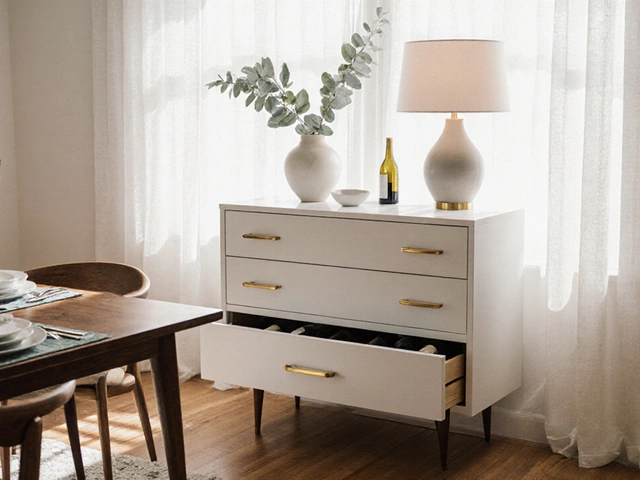Understanding Foam Density kg/m3 for Better Home Comfort
Ever wondered why some cushions feel springy while others sink in? The secret often lies in the foam density, measured in kilograms per cubic meter (kg/m3). Knowing what the numbers mean can help you pick the right foam for sofas, mattresses, or even wall panels. Let’s break it down in plain English so you can make smarter choices for your home.
What Does kg/m3 Actually Measure?
Foam density is the weight of a one‑cubic‑meter block of foam. A higher number means the foam is heavier, tighter, and usually more durable. For example, a 30 kg/m3 foam feels softer and lasts shorter than a 45 kg/m3 foam, which retains its shape longer and provides better support. Think of it like the difference between a fluffy pillow and a firm yoga mat.
How Density Affects Comfort and Longevity
Low‑density foam (around 15‑30 kg/m3) is great for decorative cushions that you don’t sit on often. It’s cheap and easy to shape, but it can flatten quickly under weight. Mid‑range foam (30‑45 kg/m3) balances softness and support, making it a solid pick for everyday sofas and guest‑room mattresses. High‑density foam (45‑70 kg/m3) is the go‑to for heavy‑use pieces like the main bedroom mattress or a floor‑level seating area; it holds up to daily weight without losing bounce.
Besides durability, density influences how the foam feels. Higher density gives a firmer feel, which many people associate with better back support. If you prefer a plush, sink‑in experience, look for lower‑density foam layered with a higher‑density base – a common construction in premium mattresses.
Another factor is temperature. Foams with higher density tend to stay cooler because they have less air trapped inside. If you live in a warm climate, a medium‑density foam with good breathability might be more comfortable than a super‑dense block that feels hot.
When you’re shopping, don’t rely on the density number alone. Check the foam’s ILD (Indentation Load Deflection) rating too – that tells you how hard the foam feels at a specific pressure. A 40 kg/m3 foam with a low ILD will feel softer than a 30 kg/m3 foam with a high ILD.
Finally, think about the end use. For upholstery that will see kids, pets, and frequent guests, aim for at least 35 kg/m3. For decorative pillows that get moved around, 20‑25 kg/m3 is fine and keeps costs down.
Understanding foam density in kg/m3 helps you avoid “cheap‑feeling” furniture and ensures your home stays comfortable for years. Next time you shop for a new sofa or mattress, ask the retailer for the density number and compare it to the tips above. You’ll walk away with a piece that looks great, feels right, and lasts longer.






